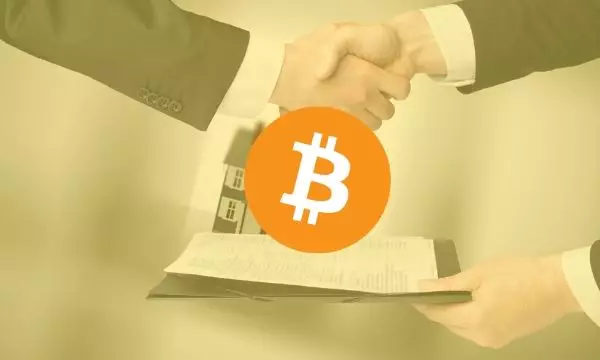Cryptocurrency enthusiasts and economists often debate the impact of inscriptions, particularly BRC-20 tokens, on regular Bitcoin (BTC) transfers. Critics argue that these inscriptions amount to a denial of service attack on the Bitcoin network, but on-chain analysis suggests otherwise. In this article, we delve into the data to debunk the misconceptions surrounding inscriptions and their effects on Bitcoin transactions.
Contrary to popular belief, the vast majority of Bitcoin block space is still occupied by regular monetary transactions. Glassnode analyst James Check points out that inscriptions are merely “stuffed into any remaining space around the monetary transfers.” According to Glassnode’s figures, inscriptions and monetary transfers share an almost equal percentage of total Bitcoin transactions, with inscriptions being more block-space efficient. Despite using less than 10% of block data size, inscriptions account for a significant portion of the network’s fees, ranging from 20% to 40%. Check argues that inscriptions actually benefit Bitcoin by compensating miners and optimizing space utilization.
The perception of inscriptions among Bitcoiners has evolved due to the introduction of BRC-20 tokens and the subsequent wave of text-based inscriptions. Initially, inscriptions were associated with weighty, image-based NFTs. However, the adoption of the BRC-20 token standard has opened the door for smaller and more frequent text-based inscriptions. These inscriptions have greatly expanded Bitcoin’s Unspent Transaction Output (UTXO) set, filled the mempool, and driven transaction fees higher. Notably, a specific BRC-20 token called SATS, with its months-long minting process, contributed to a staggering 45.5% increase in 21 million Bitcoin UTXOs. SATS has even gained recognition from leading crypto exchange Binance, which announced the listing of SATS trading pairs. Text-based inscriptions can be compared to filler material used in packaging, occupying available blockspace in less active blocks and eventually being displaced by more urgent monetary transfers.
An Objective Perspective
Critics of Ordinals and inscriptions are often accused of harboring ideological and subjective opposition. However, Check asserts that Bitcoin’s consensus rules are objective and impervious to personal feelings or subjective values. While critics, such as Bitcoin Core developer Luke Dashjr, label inscriptions as “spam” that exploit a bug in Bitcoin’s code, Check’s analysis suggests that inscriptions play a crucial role in the efficiency and financial viability of the Bitcoin network.
Inscriptions, particularly BRC-20 tokens and text-based inscriptions, have been the subject of intense scrutiny within the Bitcoin community. However, a thorough on-chain analysis challenges the prevalent misconceptions surrounding their impact on Bitcoin transactions. Contrary to critics’ claims, inscriptions are not a denial of service attack on the network but rather a valuable mechanism to compensate miners and optimize block space utilization. As the Bitcoin ecosystem continues to evolve, a nuanced understanding of inscriptions and their benefits will be crucial for future discourse and decision-making within the cryptocurrency community.


Leave a Reply